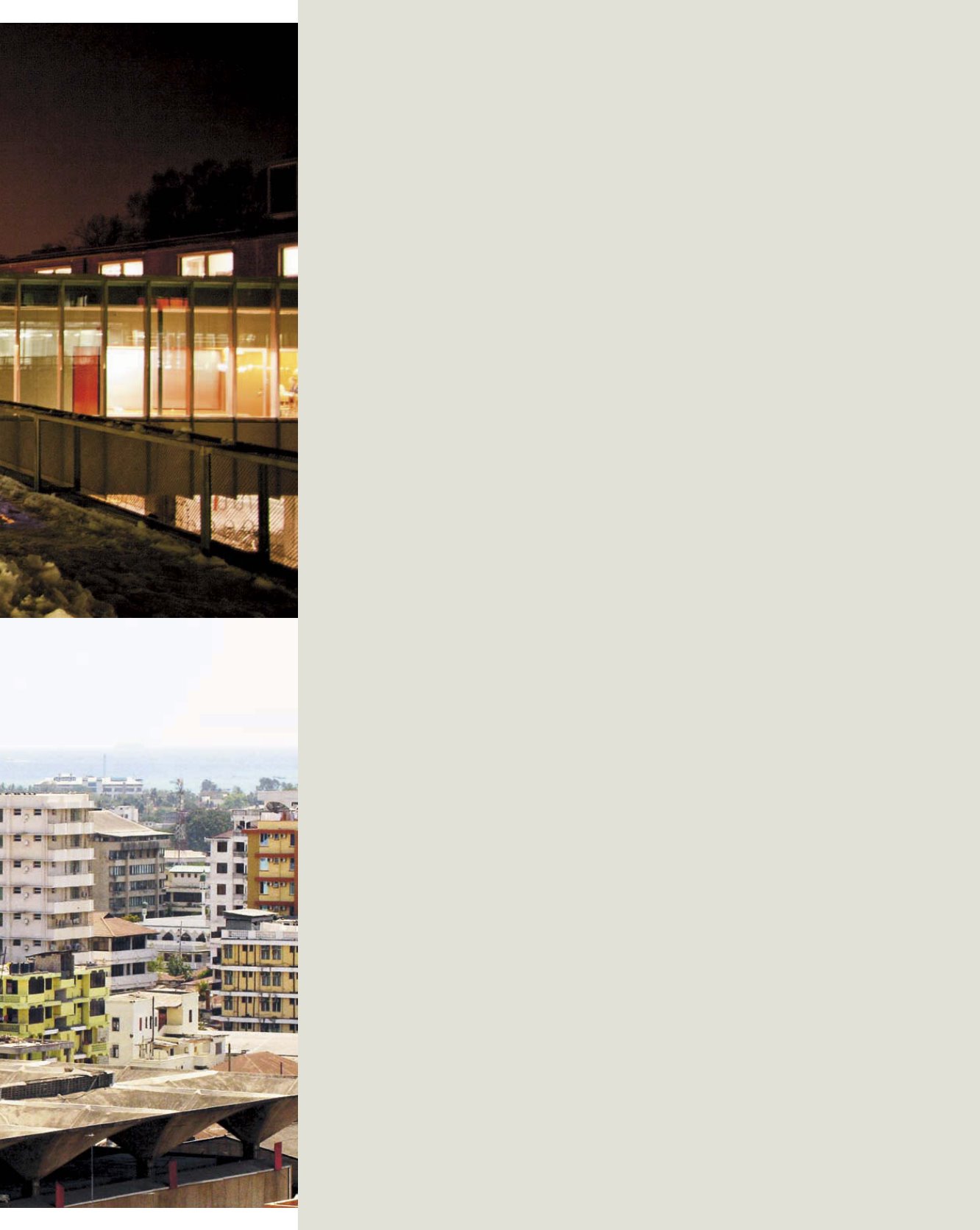
AHO WORKS StudieS 2011-2012
Institute of Urbanism and Landscape
Programme
The Institute of Urbanism and Landscape comprises part of the Master of
Architecture curriculum. The Institute leads the third year of the Foundation
in the architecture education offering studios, thematic courses and diploma
supervision for students at the master level. In addition, the Institute offers a
two-year degree of Master of Landscape Architecture, and a post-professional
Master of Urbanism. All master-level studios are open to students of architecture
and landscape architecture.
foundation
The third-year Foundation course is a compulsory part of the master education for
architecture students
.
Teaching focuses on giving the students a broad introduc-
tion to the complexity of urbanism, theoretically and practically. Urban history
and theory comprises an integral part of the Foundation as does the considera-
tion of urban design challenges. Consequences of intensification and transfor-
mation of existing urban fabric and urban extensions are core questions for the
future sustainable city. The students investigate and develop different forms of
the resilient, diverse and livable city based on research and critical thinking.
master
On the master level, studios focus on cities as forms of resilient development,
design challenges faced by urban development, for example, in the global South
and invoke Norwegian case studies to investigate new paradigms of territory and
landscape. Political, legal, social and environment parameters form an integral
foundation to investigate urban design strategies as well as a contemporary
approach to urbanism and landscape architecture. Newmedia and technologies
enter into an investigation of scale, mapping and the relation to urban develop-
ment. Systemic projects and proposals, new readings of landscape systems and
the flows and forces that shape the world are considered alongside strategic
solutions to address pressing environmental and social challenges, including:
climate change, landscape toxicity, renewable energy, water use and conserva-
tion, deindustrialisation, resource mining and extraction, and landscape in the
role of cultural production.
Programme


